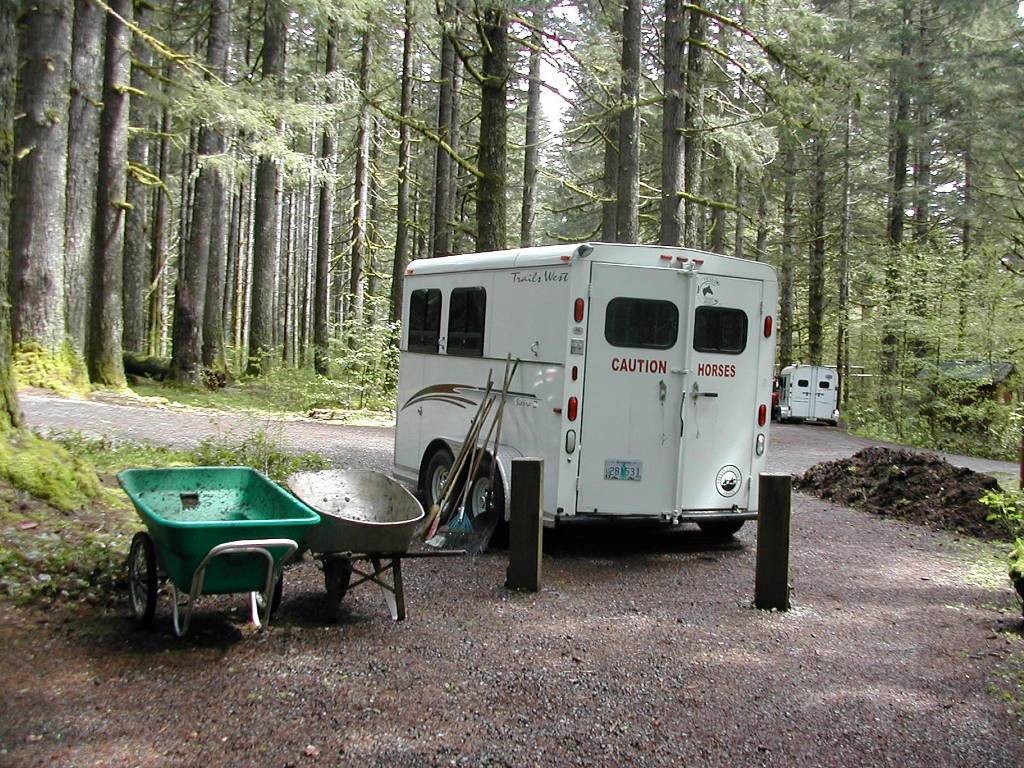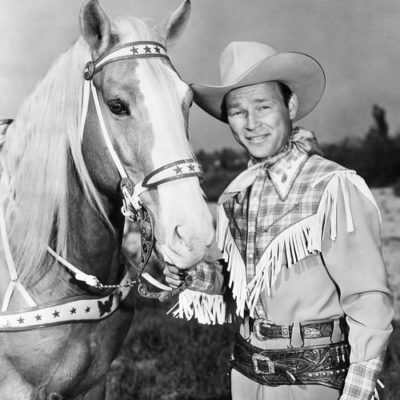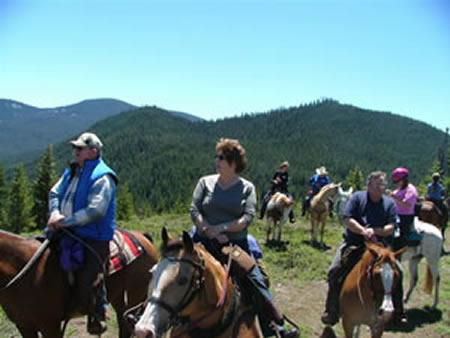LNT #3 Dispose of Waste Properly – We have all heard of Pack it in, Pack it out. This includes cigarette butts, candy wrappers and pop or beer cans. Don’t leave anything in a fire pit. Human waste is another issue. Always bury your waste unless you pack it out. Besides being disgusting to see waste on top of the ground, it carries germs that the flies spread. Place human waste in small cat hole 6-8 inches deep 200 feet or more away from water. If you have little kids or a group, erect a latrine. This is one hole everyone uses. The concentrated volume takes less time to decompose.
These Leave No Trace (LNT) articles were originally published in the OET Riders Roundup in the early to mid 2000’s. They were written by Bonnie Stockman, a long standing member and supporter of the OET Mission and way. Among her many talents, Bonnie was a Equestrian Leave No Trace (LNT) educator and wrote many articles for the OET Riders Roundup. Today as she watches over us, we honor Bonnie’s work, by reprinting the articles for everyone, so while we ride let’s do our part by leaving no trace and become a better steward of our public lands.
Back in the distant past of my youth, I remember my dad putting the emptied cans from our camp cooking in the campfire to burn off the labels and the remnants of food smell. He would then bury the blackened cans. This was considered standard practice for disposal of trash while camping back in those days, if you were at an undeveloped site with no garbage service.
We’ve since learned that it takes 80 to 100 years for a tin can to biodegrade. At that rate, we’d soon run out of campsite landfills with the heavy use most sites get! Not to mention that animals inevitably dig up waste and scatter it, no matter how careful you are. Burying your cans and other trash is no longer considered an acceptable option.

These days, the message is: if you can bring it in with you full, you can take it out with you when it’s empty.
With a little planning ahead you can carry out less than you brought in:
- Repackage boxed food in less bulky plastic bags with the recipe cut from the box.
- Plan your meals so you don’t have huge amounts of leftovers.
- Minimize use of canned goods (has anyone tried the new tuna in the foil package yet?).
- Use powdered or concentrated drink mixes rather than cans or bottles (okay, so there’s no substitute for a cold brew! Cans you can flatten are better than bottles for those luxuries you simply must have!)
Sanitation:
- For dishwashing, use a bucket or large pot of water rather than wash in the creek. Use biodegradable soap and do your washing at least 200 feet from any water source.
- Personal hygiene – brush your teeth and do your bathing at least 200 feet from water sources.
- Human Waste – bury human waste in catholes 6 to 8 inches deep and at least 200 feet from water, trails and campsites. Pack out the toilet paper and any personal hygiene supplies. Plan ahead and make up a toilet kit with your plastic trowel, TP, etc., and some bags.
Along the trail – the one thing you can’t pack out:
- If you don’t understand why many hikers get offended by horses and what they leave behind, take a hike (Yup, get down and walk a mile in their footsteps) – then take your boots in the tent with you at night…
- In heavily used areas, or at a scenic overlook, where many people stop, it would be a tactful thing to get down and scatter the offending pile.
- When you tie up for a lunch stop, scatter the piles before you leave.
- Some riders train their horses to move their rear ends to the side when they need to poop. If you pay attention, you can feel that back round up as the horse slows. If you horse is tuned in to your legs, you can push their hind over and Voila! the pile is off the trail. Note this is not a good idea to do when you are on a cliff.
- Pick up any trash you see along the trail and pack it out in your saddlebag. Consider this your good deed for the day and the special contribution equestrians can make to preserving the backcountry!
Trailheads:
- Carry a pitchfork or shovel and muck bucket or plastic bag in your trailer.
- Clean up after your horse at the trailhead!
- Pitching it into a mud puddle does not count!
- Take it back home or to a posted manure dump site.
- Most equestrian trailheads are a mess and leave a really negative impression on other users.
- If we want to keep having the use of trailheads, we need to clean up our act!
LNT Tip of the Month: Keep a handy plastic bag in your saddlebags!
May we always have Mountains and Rivers Without End.
Bonnie & Velvet









Leave a Reply